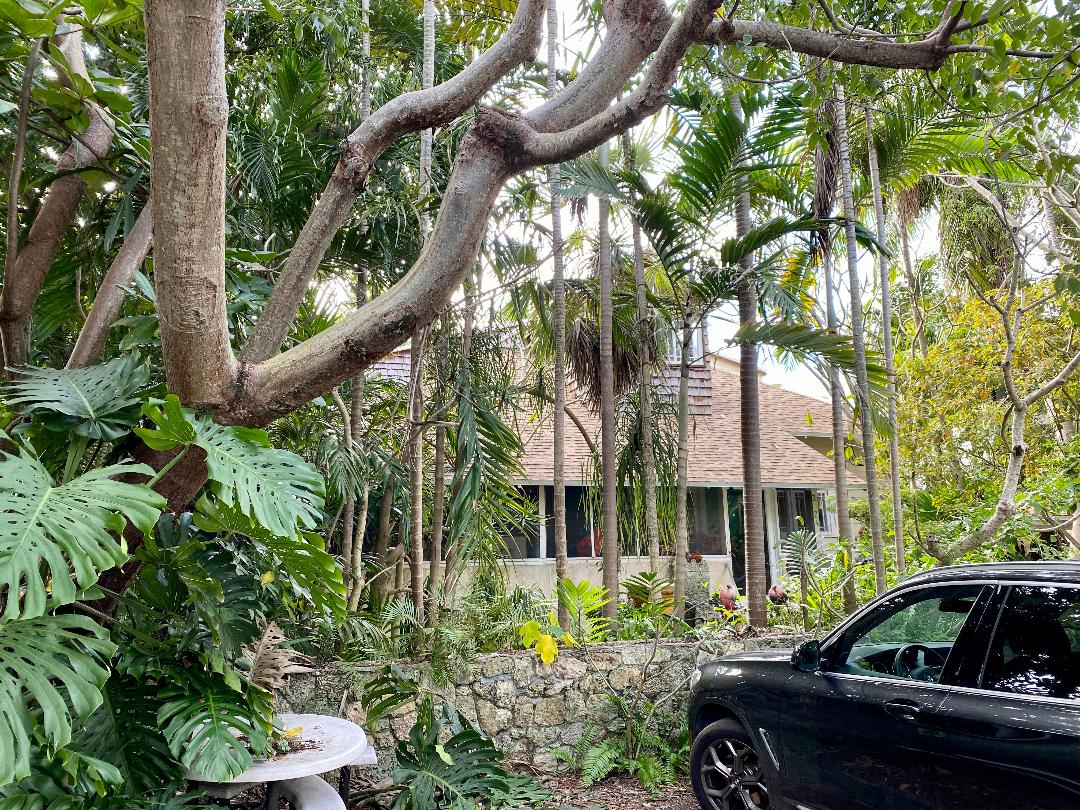
Comprised of crushed oolitic limestone and a lime-based cement, the concrete block that was used to build the Coconut Grove Playhouse in 1926 is larger, denser and stronger than the block that is manufactured today. The Dade County pine floor joists and roof trusses are as strong as concrete. They are literally irreplaceable, because Dade County pine is almost extinct.
The Playhouse represents the evolution of the Grove’s identity. The stories and memories embodied within the building are deeply rooted in the community that shares it. The compulsory urge to reject a building that has stood the test of time in an attempt to create something new is an egocentric impulse to innovate for innovation’s sake and will likely result in a curious and shockingly disappointing outcome, hence the architectural one-liner.
The willful abandonment of a building that has stood the test of time, to quench a narcissistic desire for temporary recognition and profit, is a slap in the face of previous generations. To discard the trial, error and labor of those who have come before us, to choose not to preserve a living tradition, is to commit cultural murder.
The National Park Service, the entity that listed our entire Playhouse on The National Register of Historic Places, has precise guidelines for complete restoration. “Deteriorated features from the restoration period will be repaired rather than replaced. Where the severity of deterioration requires replacement of a distinctive feature, the new feature will match the old in design, color, texture and, where possible, materials.”
A beloved building on the National Register that has already exceeded the design life of nearly all of the buildings around it, including the ones that are proposed to take its place, is worthy of our respect. In less than seven years our Playhouse will be 100 years old. With proper restoration, it can last another 100 years!
Imagine how a fully restored Playhouse will stand out as a beacon of pride among the deluge of iterations of hasty developments that surround it. Imagine a gateway to the historically designated Charles Avenue — Miami’s very first black settlement, punctuated with a building that already embodies fame and nostalgia that is impossible to re- create. Imagine the grandiosity of the centennial celebration and who the guests may be who arrive to walk the red carpet.
This rapidly gentrifying community cannot withstand any further loss of its heritage. Dare to imagine.
Melissa Meyer
Adjunct Professor Miami Dade College
School of Architecture and Interior Design


Be the first to reply